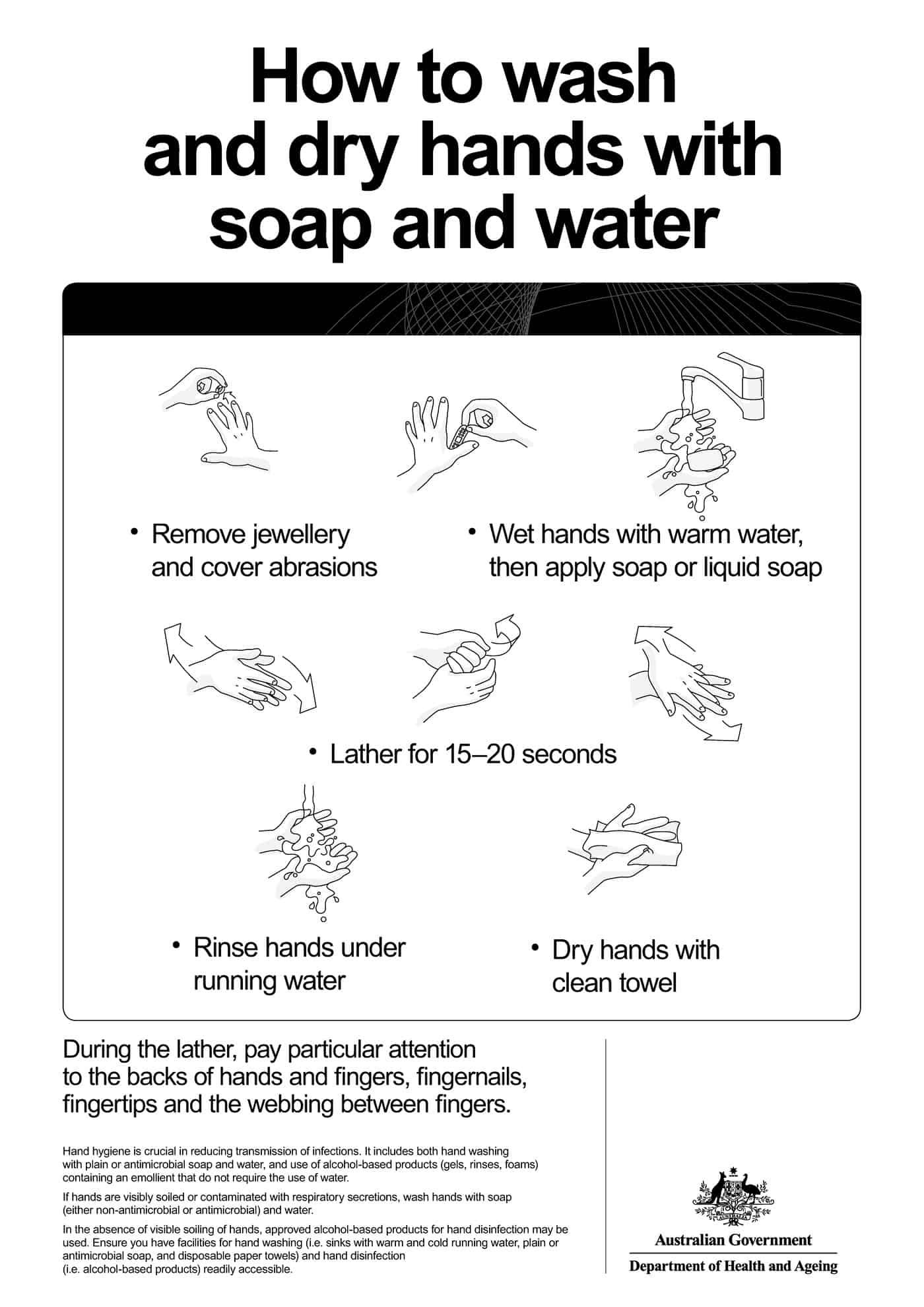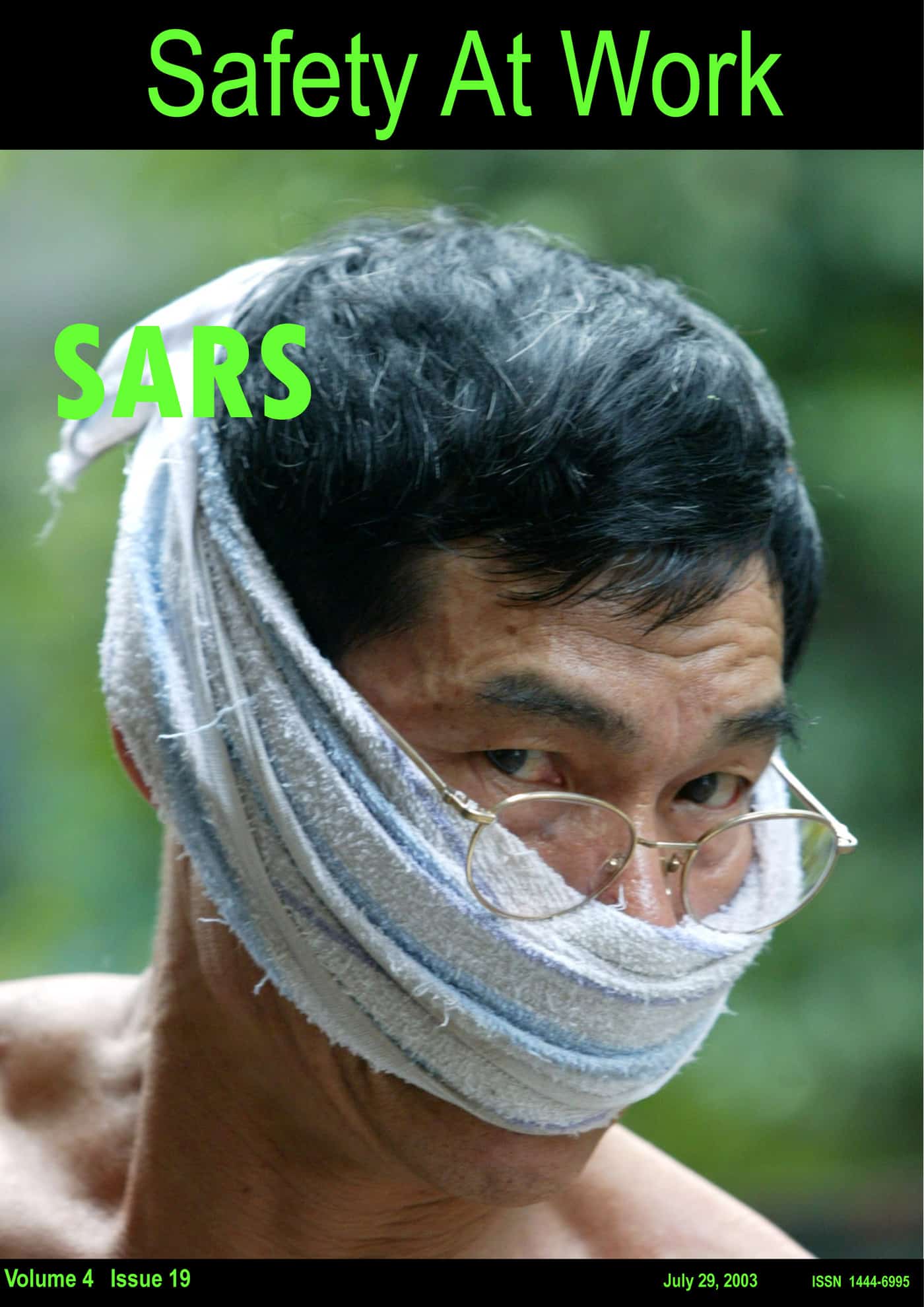Safe Work Australia is a fairly new configuration for Australia’s OHS department but it’s awards have been going for some years. On 28 April 2009 the awards were held in Canberra. The timings don’t seem quite right but that is the scheduling of these sorts of things in Australia.
The award winners from the State events are nominated for national awards, usually, conducted six months later. SafetytWorkBlog has written elsewhere about the need to review this system.
The winners this evening were congratulated by the Workplace Relations Minister and Deputy Prime Minister, Julie Gillard and were
- ETSA Utilities(SA) for best OHS managemetn system
- The Dorsal Boutique Hotel(NSW) for best OHS solution
- WP Projects(NSW) for best OHS practice in small business
- Eraring Energy(NSW) for a leadership in injury management
- Viki Coad (SA) for best individual OHS contribution
The obvious peculiarity in the award winners is the absence of winners from Victoria, Western Australia and Queensland, states with large populations and/or large mining sectors.
The Dorsal Boutique Hotel gained considerable kudos in New South Wales’s awards in October 2008 with its bed elevator that reduces the need for housekeepers to bend when making the beds. It is a good example of thinking further into the problem and asking why beds are designed the way they are and why can’t we change it. It has a limited use but considerable appeal to the millions of hotels around the world. More information can be found on the solution at the NSW WorkCover Awards site.
It is always more gratifying to see successful things rather than successful programs as the things are often transferable to many workplaces and are visual solutions to problems, sometimes problems we weren’t aware of. Leadership and management awards are more a recognition that a company has taken safety seriously which has been a legislative requirement on business for decades. There is little innovation to show in these areas. More the award is for the fact that known techniques have been applied in difficult work situations or industry sectors or company configurations.
This is not to say the effort of the award winners is less valuable than tangible solutions but often these changes come from a changed management structure or a traumatic event or new focus from the board. It is easier to understand the significance of these OHS “agents for change” when focusing on an individual achievement. The award for Viki Coad is a great example of the difference one person can make. It is these achievements that should be more widely applauded.
Indeed readers could benefit greatly from looking at the State winners in this individual category for that is where inspiration can be found.
(Kevin was invited to attend the awards event by Safe Work Australia)


